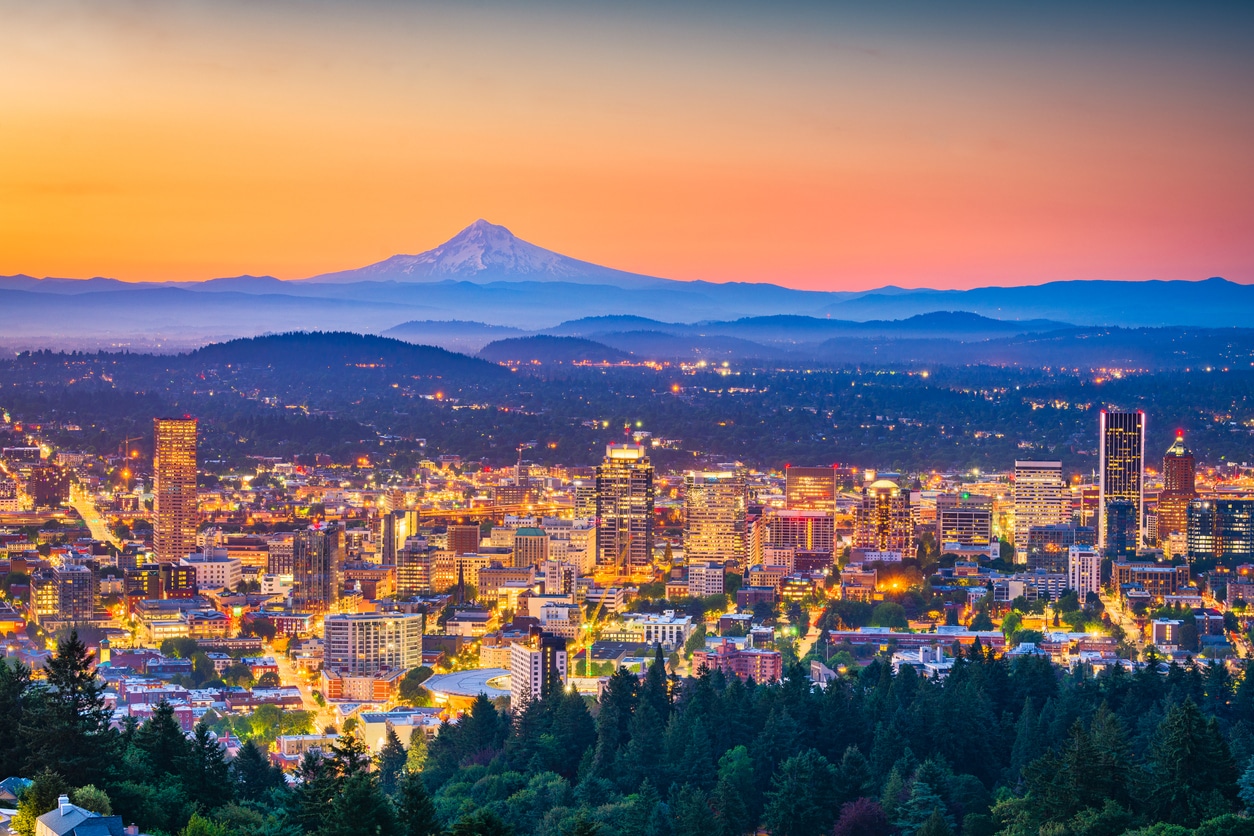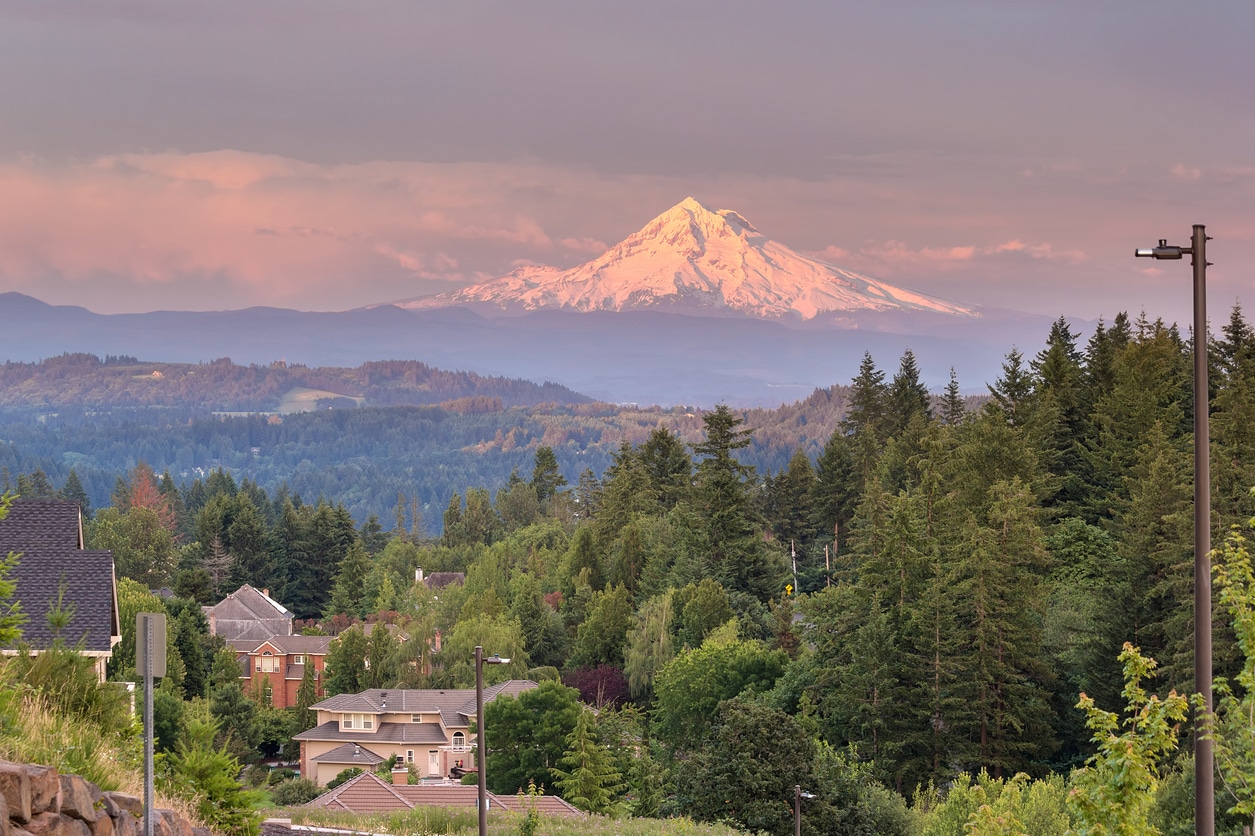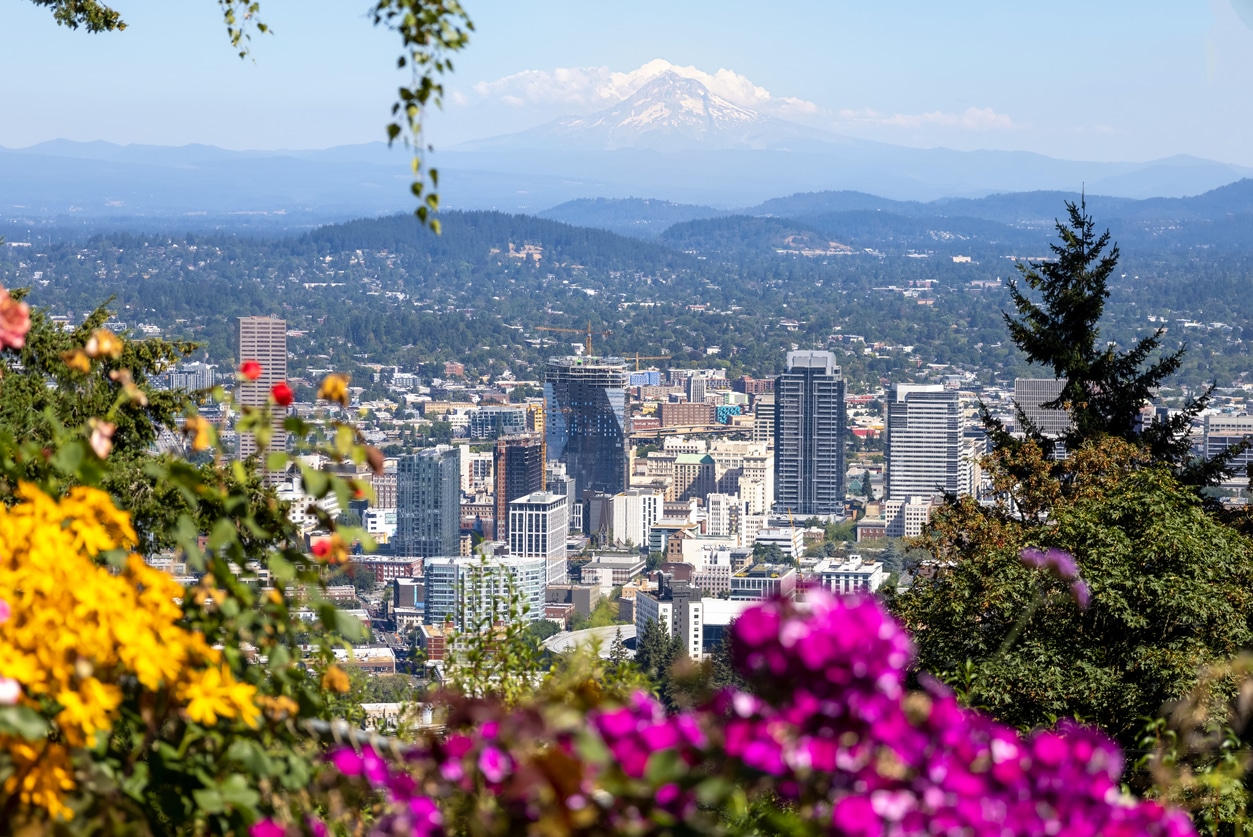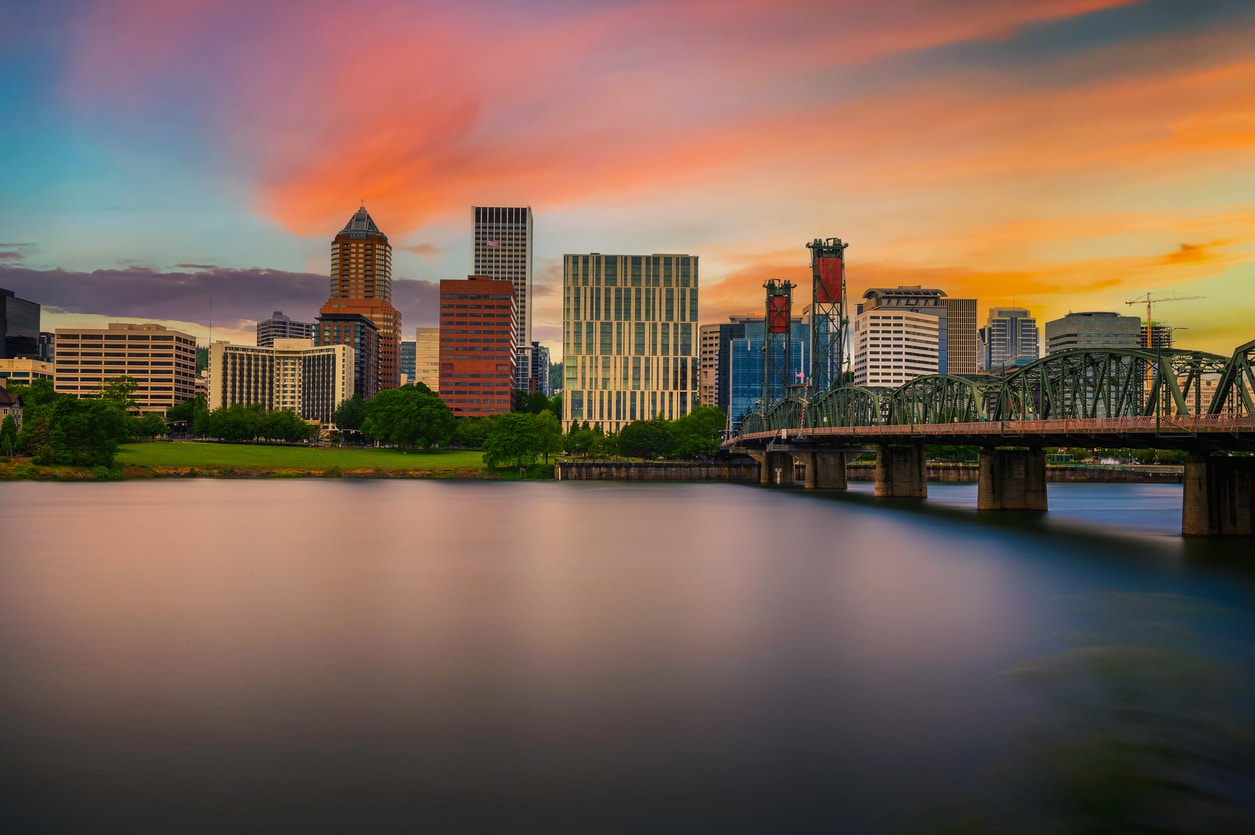Portland Real Estate – Most Livable Areas and Suburbs

“Livability” may sound like another real estate buzzword, designed to drive home buyers to new housing developments, but it’s actually a useful concept if you’re looking for a Portland neighborhood or suburb to call home. Livability can describe ease of getting to and from work, the local air quality, or school district ratings. Simply put, livability is whatever makes a community appealing — the “thing” that helps it stand out from the pack.
Of course, that “thing” is going to be different for everyone, but there are some common threads. Going beyond the questions that real estate agents usually get asked — “How are the schools?”, “Are they going to fix this street?” — livability addresses deeper issues that matter to everyone. If you want to know what a neighborhood will look like in ten years, livability factors like access to transit or mixed zoning can make a big difference.
The best thing about livability is that it has no demographic. Everyone wants a livable community — whether they’re retiring, going to school, or starting a family. Here’s a guide to some of the metrics we use to measure livability, and some Portland-area communities that fit the bill.
Portland Livability Factor #1: Accessible
By “accessibility,” we’re talking about how easy it is to get from one place to another. Livable communities provide their residents with abundant transportation options — options that work now and will work in the future.
Portland is famous for its great public transit system, but individual modes of transit are nice to have access to, as well. The most livable areas embrace cycling, scootering, and car-sharing while taking steps to keep the roads maintained and accidents to a minimum.
Accessible Portland Neighborhood spotlight: South Waterfront
Deciding which Portland neighborhood or suburb is “most accessible” might not be possible — so much depends on where all of those drivers and riders are going — but figuring out what area has the most interesting and high-profile means of getting around is simple: It’s the South Waterfront with its “gondola” system to take workers and patients directly up Marquam Hill to the Oregon Health and Science University main campus. Officially known as the Portland Aerial Tram, this landmark piece of the city’s transportation infrastructure is one of only two aerial tramways in the country, the other being in New York City.
Residential real estate in the South Waterfront is mostly limited to condos, but these high rises are probably the ultimate place for accessible city living in the state. Go downtown by foot or bike on the dedicated paths, or take the streetcar or MAX light rail. Freeways are also easy to access here — and the truly old fashioned can always take to the Willamette River!
Portland Livability Factor #2: Self-Contained
The New Urbanist movement began in the early 1980s in the United States, in response to the baby-boomer trend of building suburbs with mile after mile of homes without other amenities. New Urbanism focuses on building communities where everything is within walking distance, and today it would be hard to find a home buyer who doesn’t want to live somewhere with convenient access to retail, restaurants, entertainment, and services including healthcare. This sort of neighborhood or suburb is known as one with “mixed used” zoning, integrating many different building types as well as green spaces. “Transit-Oriented Development” is another important concept to Portland Metro, meaning that these neighborhoods shouldn’t just be easy to get around, they should be easy to get into and out of as well.
Self-Contained Portland Suburb Spotlight: Beaverton
Getting to the city of Beaverton is easy by the MAX or the so-called Sunset Highway, but once you get there, you might just want to walk. Homes near downtown Beaverton score in the high 90s on the website walkscore.com, which ranks cities and neighborhoods according to how easy they are to get around on foot (100 is the best score available). For those who live and work in Beaverton, there seldom seems to be a reason to go too far from home: The city contains or is adjacent to numerous entertainment venues, sports complexes, and award-winning restaurants. Its healthcare facilities and parks — including the Tualatin Hills parks which contain over 60 miles of trails! — are top-of-the-line.
In 2016, Beaverton was named by Money Magazine as one of the Top 10 Small Cities in the United States and #1 Best Place to Live in Oregon. It would be hard to find a more livable suburb of Portland, or a better place to invest in real estate!
Portland Livability Factor #3: Sustainable
According to the AARP’s Livability Index (a great resource for comparing cities and neighborhoods), “Good communities maintain a clean environment for their residents. Great communities enact policies to improve and protect the environment for generations to come.” We couldn’t have said it better ourselves! Sustainability experts also expand this definition to include resiliency: The neighborhood or town’s ability to bounce back from an emergency or natural disaster.
Portland, and Oregon overall, have long been pioneers in environmental policy. In 2017, Portland became the first Pacific Northwest city to require energy efficiency assessments, or Home Energy Scores, for every home being listed on the real estate market. Portland has a comprehensive Climate Action Plan to address its contribution to global warming, and works hard to keep pollutants out of the Willamette and Columbia rivers.
Multiple neighborhoods and suburbs in the Portland metro area have taken bold steps to become truly be sustainable in the long term, so it’s hard to pick just one, but we think this suburb really sets an example.
Sustainable Portland Suburb Spotlight: Milwaukie
At just over 20,000 residents, Milwaukie is about average size for a Portland suburb, but they won’t settle for average when it comes to living in harmony with the landscape. Recently, they became one of the few Portland suburbs to consider passing a Climate Action Plan, with goals that are even more ambitious than Portland’s: Milwaukie plans to eliminate net greenhouse gas emissions from the city, including from homes, commercial buildings, and vehicles. Taking the extra steps to protect the environment, Milwaukie is also one of 10 cities in Oregon to ban plastic bags.
On the MAX light rail system and convenient to Portland via car or bike, Milwaukie is a city that has changed a lot over the years, not just from its history as a sawmill town but also by the natural changes that come from being right on the river. Maybe that’s why Milwaukie is exceptionally prepared for disaster in the form of floods, earthquakes, or man-made threats. The city has its own Community Emergency Response Team (CERT) and offers emergency response training through Clackamas County to anyone who wants to participate.


